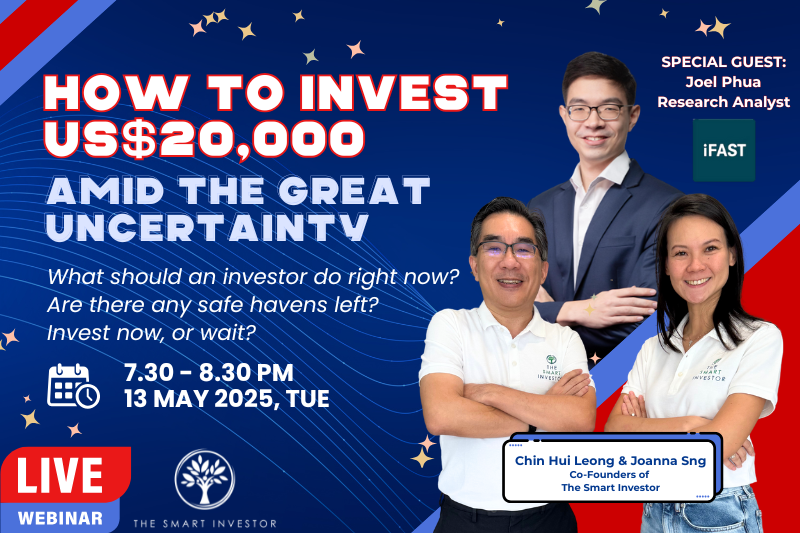US stocks have been gaining in popularity over Singapore’s Straits Times Index (SGX: ^STI) due to its better long-term performance.
The SPDR S&P 500 ETF Trust (SGX: S27), an exchange traded fund (ETF) that mimics the movement of the S&P 500, presents a quick way for Singaporean investors to gain exposure to US-listed companies without committing too much capital.
The other benefits of an ETF include lower fees and instant diversification.
In simple terms, if you buy the SPDR S&P 500 ETF, you will own a small piece of all the 500 US-listed companies inside.
That said, before you commit money to this index-tracking fund, there are a few key things you need to know about the index (figures are as of 31 August 2021, unless otherwise stated):
- The size of the 500 companies can vary greatly. The largest company in the SPDR S&P 500 ETF is Apple (NASDAQ: AAPL), with a total market cap of US$2.4 trillion. At the other end, the index’s smallest component is “only” US$3.8 billion.
- Stocks within the S&P 500 are mostly large cap companies. The mean value of an S&P 500 stock is US$76.1 billion while the median is US$30.6 billion. For context, the largest component within Singapore’s STI is DBS Group Holdings Ltd (SGX: D05) with a market cap of S$78.4 billion or under US$58 billion.
- The SPDR S&P 500 ETF’s annualised return between 22 January 1993 (the ETF’s inception) and the end of August 2021, a period approaching 28 years, is 10.55% per year. The STI’s long-term performance, in contrast, was only 6.42% per annum.
- The job of an index ETF is to closely match the index’s performance. On this note, the S&P 500’s annualised performance over the same timeframe above is 10.68%. The 0.13% difference between the ETF and the S&P 500’s performance is the fund’s tracking error.
- Returns can be impacted by fund expenses. In simple terms, the smaller the expense ratio, the better the returns for investors. The SPDR S&P 500 ETF’s expense ratio was 0.0945%, a relatively low ratio in the Singapore context.
- Unlike the STI, the information technology (IT) sector has an outsized influence on the S&P 500, contributing a sector weightage of 27.6%. Almost half of that weight comes from just two companies: Apple and Microsoft (NASDAQ: MSFT), which account for 6.22% and 5.94% of the US index, respectively.
- The second most important sector is healthcare, which occupies a 13.3% weightage of the S&P 500. COVID-19 vaccine manufacturers Johnson & Johnson (NYSE: JNJ) and Pfizer (NYSE: PFE), along with healthcare insurance provider UnitedHealth Group (NYSE: UNH) are the largest representatives for this sector.
- Consumer discretionary stocks account for almost 12.4% of the S&P 500, making it the third most important sector. The largest contributors would be online retailer Amazon.com (NASDAQ: AMZN), electric carmaker Tesla (NASDAQ: TSLA), and home improvement retailer Home Depot (NYSE: HD).
- The next largest sector within the index would be financials at 11.4%. Berkshire Hathaway (NYSE: BRK.B), JP Morgan (NYSE: JPM), and Bank of America Corp. (NYSE: BAC) are the heavyweights of the segment.
- Communication services is yet another large contributor with a 11.3% contribution to the S&P 500. The major players in this sector are Google’s parent company, Alphabet (NASDAQ: GOOGL) (NASDAQ: GOOG), Facebook (NASDAQ: FB), and The Walt Disney Company (NYSE: DIS).
Get Smart: Income, growth or both
When it comes to investor returns, our local STI has been a laggard against the S&P 500.
However, there is one area where our local index beats the S&P 500: dividends.
Here, the SPDR S&P 500 ETF’s dividend yield of 1.33% falls short of its Singaporean counterpart, the SPDR STI ETF (SGX: ^STI), which has a 3.45% dividend yield.
As investors, the onus is on ourselves to choose what we prefer: the steady flow of dividends into our bank account or the satisfying capital gains that we can extract from investing in US stocks.
Or, you can do both. It’s really up to your own financial needs.
At the same time, no one said that you should invest in ETFs alone.
For enterprising investors, you might even want to consider going beyond ETFs and trying your hand at picking individual US stocks.
This “index plus a few” strategy could enable you to juice your returns if you choose the right US stocks to invest in.
The stock market doesn’t have to be a confusing place. We’re here to guide you every step of the way. Start by downloading our special FREE report, How To Invest in Stocks: A Beginner’s Guide. Just CLICK HERE to download now! We’ll cover all you need to know about what is stock market investing and how to get started!
Don’t forget to follow us on Facebook and Telegram for the latest investing news and analyses!
Disclaimer: Chui Hui Leong owns shares of Apple, DBS Group, Microsoft, Amazon, Alphabet, Facebook, Berkshire Hathaway, and Walt Disney.




